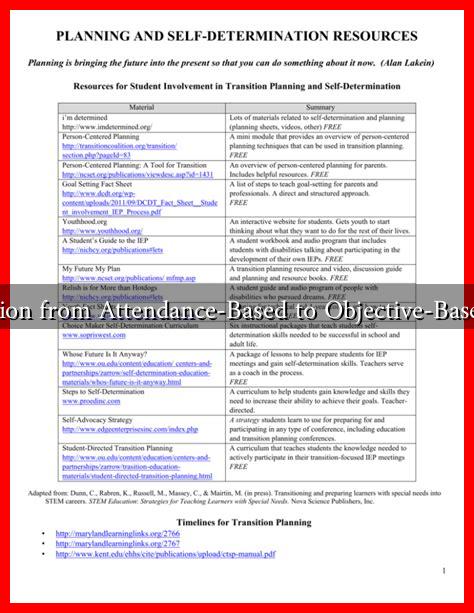-
Table of Contents
- How to Transition from Attendance-Based to Objective-Based Assessments
- The Rationale Behind the Shift
- Steps to Transition
- 1. Define Clear Learning Objectives
- 2. Develop Assessment Tools
- 3. Train Educators
- 4. Implement Gradually
- 5. Gather Feedback and Adjust
- Benefits of Objective-Based Assessments
- Case Studies and Statistics
- Conclusion
How to Transition from Attendance-Based to Objective-Based Assessments
In the evolving landscape of education, the shift from attendance-based assessments to objective-based assessments is gaining momentum. This transition is not merely a trend; it reflects a deeper understanding of how students learn and how their progress can be effectively measured. This article explores the rationale behind this shift, the steps involved in making the transition, and the benefits of adopting objective-based assessments.
The Rationale Behind the Shift
Attendance-based assessments, which often focus on students being present in class, do not necessarily correlate with learning outcomes. In contrast, objective-based assessments emphasize the mastery of specific skills and knowledge. Here are some reasons for this shift:
- Focus on Learning Outcomes: Objective-based assessments prioritize what students can demonstrate in terms of knowledge and skills, rather than merely their presence in class.
- Personalized Learning: These assessments allow for tailored learning experiences, catering to individual student needs and learning paces.
- Real-World Application: Objective assessments often mirror real-world tasks, preparing students for future challenges in their careers.
Steps to Transition
Transitioning from attendance-based to objective-based assessments requires careful planning and execution. Here are some essential steps to consider:
1. Define Clear Learning Objectives
Before implementing objective-based assessments, educators must establish clear learning objectives. These objectives should be specific, measurable, achievable, relevant, and time-bound (SMART). For example, instead of stating that students will “understand” a concept, specify that they will “be able to solve quadratic equations using the quadratic formula.”
2. Develop Assessment Tools
Once learning objectives are defined, the next step is to create assessment tools that align with these objectives. This may include:
- Quizzes and tests that assess specific skills.
- Project-based assessments that require students to apply their knowledge in practical scenarios.
- Portfolios that showcase a student’s work over time.
3. Train Educators
Educators play a crucial role in the successful implementation of objective-based assessments. Providing training and resources can help them understand how to design assessments that accurately measure student learning. Workshops, webinars, and collaborative planning sessions can be effective in this regard.
4. Implement Gradually
Transitioning to objective-based assessments should be a gradual process. Start with a pilot program in a few classes or subjects before rolling it out school-wide. This allows for adjustments based on feedback and results.
5. Gather Feedback and Adjust
After implementing objective-based assessments, it is essential to gather feedback from students and educators. This feedback can help identify areas for improvement and ensure that the assessments are effectively measuring student learning.
Benefits of Objective-Based Assessments
The benefits of transitioning to objective-based assessments are numerous:
- Enhanced Student Engagement: Students are more likely to engage with material that is relevant to their interests and future careers.
- Improved Learning Outcomes: Research shows that students who are assessed based on their mastery of objectives tend to perform better academically.
- Data-Driven Decisions: Objective assessments provide quantifiable data that can inform instructional strategies and curriculum development.
Case Studies and Statistics
Several educational institutions have successfully made this transition. For instance, the University of Southern California implemented objective-based assessments in their engineering program, resulting in a 20% increase in student retention rates. Similarly, a study by the National Center for Education Statistics found that schools using objective-based assessments reported higher student achievement levels compared to those relying on attendance-based measures.
Conclusion
Transitioning from attendance-based to objective-based assessments is a significant step toward enhancing educational outcomes. By focusing on clear learning objectives, developing appropriate assessment tools, training educators, and implementing changes gradually, schools can create a more effective learning environment. The benefits of this transition are clear: improved student engagement, better learning outcomes, and data-driven decision-making. As education continues to evolve, embracing objective-based assessments will be crucial for preparing students for success in an increasingly complex world.
For further reading on this topic, consider exploring resources from the Edutopia website, which offers a wealth of information on innovative teaching practices and assessment strategies.

